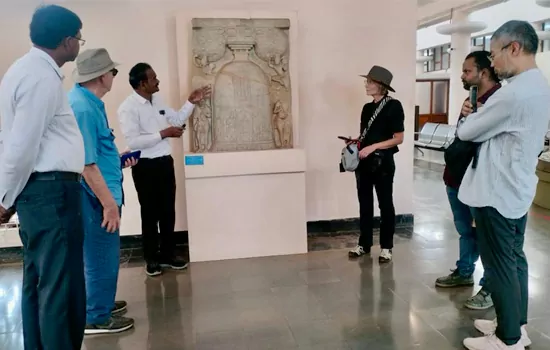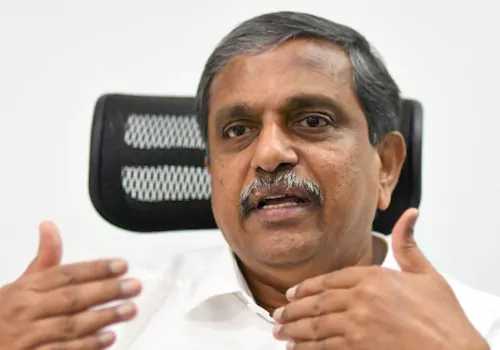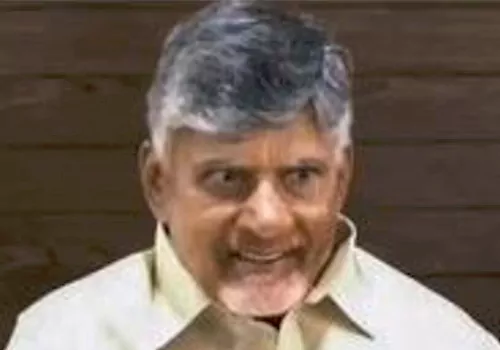Mullaperiyar Dam will burst soon due to under-design
posted on May 29, 2014 4:52PM

For assessing the safety of Mullaperiyar dam 3 goals of public safety must be satisfied as per the modern state-of-art used for design of the dams. The first goal is based on the geological foundations, seismic potential and seismicity of the area.
The second goal pertains to structural safety of the dam based on maximum credible earthquake including hydrological safety and spillway design flood.
The third safety goal for the dam pertains to the environmental safety that comprises on risk analysis, dam break analysis, emergency response, disaster management including emergency evacuation plans and cost benefit analysis. In the case of the 116 year old Mullaperiyar dam none of these safety criteria was considered. The controversy about the Mullaperiyar dam is based upon the contention of the Kerala state that the dam is in a deteriorating state and its imminent collapse causes avoidable killing of 35 lakhs of Keralites due to a wall of flood. In order to avert this disaster waiting in the wings Kerala insists on construction of a new dam to provide security of life for the Keralites while assuring uninterrupted irrigation water to Tamil Nadu as per the agreement between the states.
But Tamil Nadu is suspecting the intentions of Kerala in planning for a new dam which may be placed under the control of Kerala that may soon curtail the existing Periyar water diversion into Tamil Nadu. Thus Tamil Nadu is rejecting the demand of Kerala for a new dam on the pretext that the aged Mullaperiyar dam is almost as strong as a new dam due to the remedial strengthening measures implemented by it. But if the existing dam were to burst for several reasons even Tamil Nadu cannot get Periyar water and consequently lakhs of Tamil Nadu agriculture fields will become barren lands that may lead to avoidable suicides of thousands of farmers and farm workers. Tamil Nadu is ignoring the fact that their costly strengthening measures produces only a composite dam and not an integrated and strong dam. The dam cannot withstand the stresses resulting from peak ground accelerations due to a 6.5 magnitude earthquake at a shallow focal depth in close proximity of the dam. Even a strong Koyna dam cracked in some parts in 1969 due to an earthquake of 6.5 magnitude and caused serious damage Moreover the dam has also been under-designed for hydrological safety because the historical maximum flood is 86 lakh cusecs and the design flood for spillway discharge is 1.22 lakh cubic ft. per second (cusecs). In United States safety of dam is reviewed every 5 years to decommission hazardous dams and to strengthen the useful one by implementing remedial measures for strengthening them. In case of Mullaperiyar dam the extreme flood magnitude in terms of safety works out to 2.44 lakh cusecs based on the mathematical formulations and the envelope curves connecting extreme floods with catchment areas published by the International Commission on Large Dams (ICOLD) under the guidance of experts like Prof.L.Berga, Chairman, ICOLD and Lempererie, Chairman of French National Committee on Large Dams. Moreover the impact of climate change is causing both the intensity and duration of cyclones that magnify the floods. Particularly in thickly forested river basins. For instance the October 2009 are extreme flood of 26 lakh cusecs at Srisailam dam on Krishna river constituted 2.7 times the historical flood and twice the maximum spillway design flood. Since Mullaperiyar dam is thus under-designed both from seismological and hydrological safety aspects this dam is inevitably bound to collapse irrespective of the pronouncements of the engineering experts who could not stop the collapse of more than 40 dam bursts in India including the masonry dams of Tigra in Madhya Pradesh, Kundali in Maharashtra, Chickhole in Karnataka and Kadhakwasla in Maharashtra. According to the Environmental Protection Act the dam safety studies including disaster scenarios, emergency response systems, emergency evacuation schemes and cost-benefit analysis reports have not been prepared consequently the people and the Governmental decision making bodies have been disabled to come to a scientific decision on the safety of the Mullaperiyar dam and that it is why the Tamilnadu Government fails to read the writing on the wall and thereby indirectly promoting a man-made catastrophe like the Bhopal disaster inspite of the forewarnings by several experts. If the Mullaperiyar dam collapses sooner than later it will cause not only loss of lives of lakhs of people but also causes an economic disaster paving the way for economic bankruptcy of the states and the nation. Since Mullaperiyar dam is a prescription for disaster it must be prevented by the whole national by exerting pressure on the Prime Minister to resolve the problem by building a new dam even without dismantling the existing dam by forming a corporation on the lines of the one used for building Tehri and Sardar Sarovar Project.
There is a danger to the life of people of Kerala due to an impending Dam Burst because the Supreme Court orders may or may not be implemented by the states under the guise of seeking clarifications from the Courts and in the meantime precious time will be lost and the Dams may burst and kill 35 lakhs of Keralites. So, Kerala must immediately call for an international tender to find out if foreign experts can furnish alternate small scale dams that can absorb the flash floods caused by Mullaperiyar Dam, after verifying the flood absorbing capacity of Idukki Dam.
Prof.T.Shivaji Rao
Director, Center for Environmental Studies,
GITAM University, Visakhapatnam.



.jpg)

.webp)



.webp)



.webp)




.webp)
.webp)






.webp)